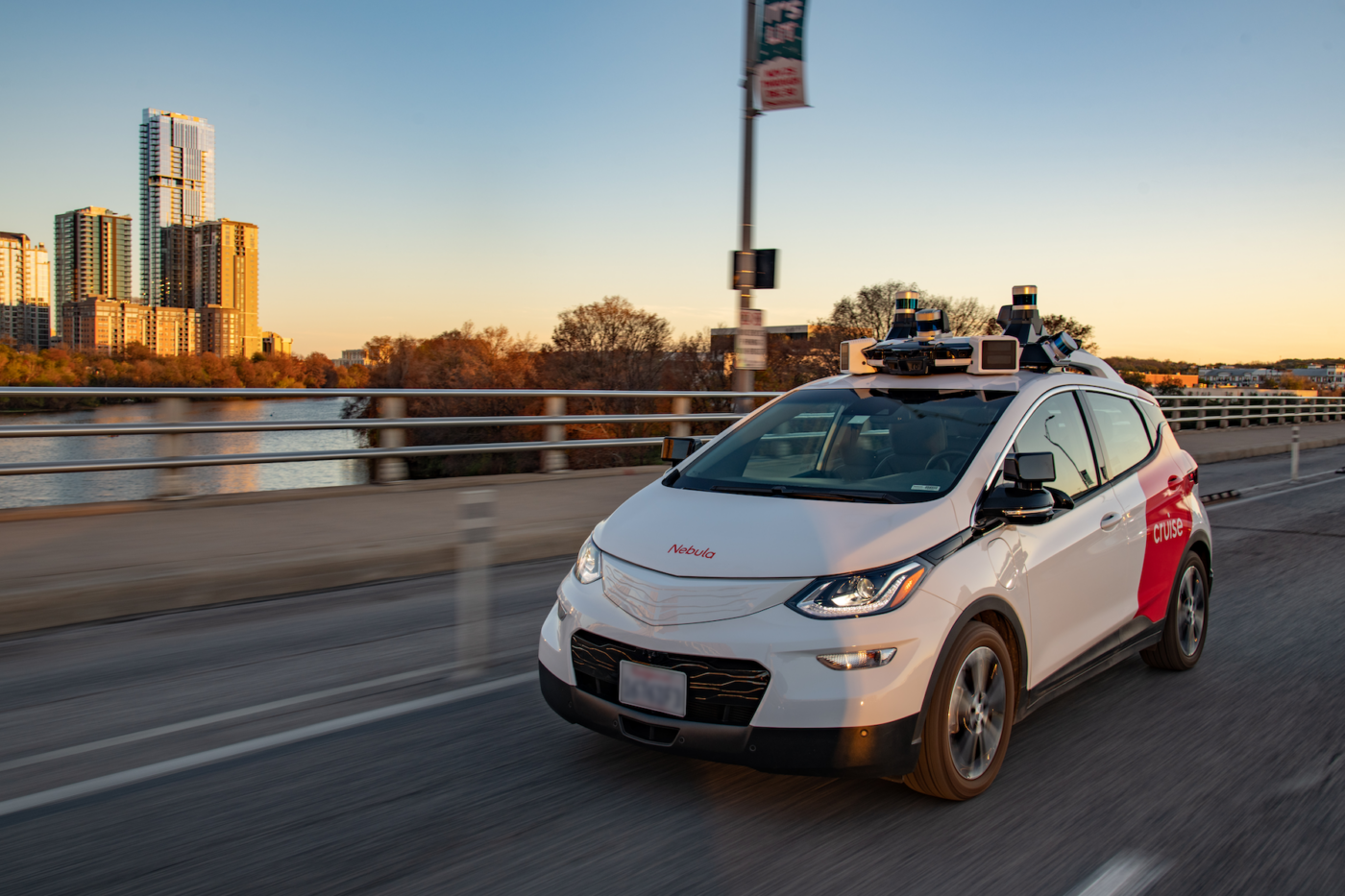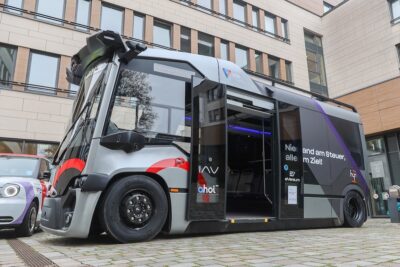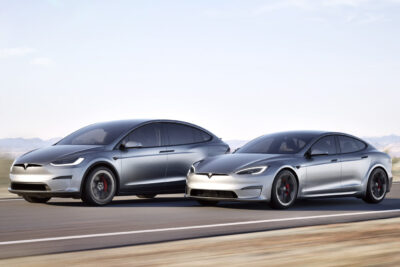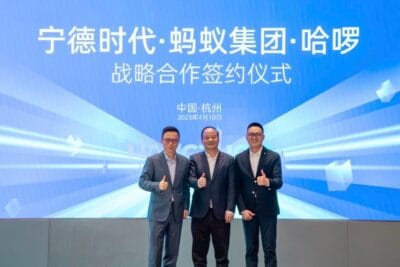GM backs out from autonomous taxi business Cruise
However, General Motors intends to continue to utilise the expertise gained at Cruise. Cruise is to be merged with other technical departments of General Motors to form a joint unit that will focus on the development of driver assistance systems for future private cars – until these are also able to drive fully autonomously.
However, GM does not want to continue funding the development of robotaxis. According to the company, the considerable time and resources required to build up the business and the increasingly competitive robotaxi market made this decision necessary. This means that GM is effectively leaving the robotaxi business to Alphabet’s subsidiary Waymo, which is already active with robotaxis in Los Angeles, San Francisco, Austin and Phoenix and aims to be present in a total of ten US cities by the end of 2025. Waymo already makes 150,000 journeys per week with passengers on board.
The Amazon subsidiary Zoox is also working on a launch in Las Vegas and San Francisco and has developed a completely new vehicle without a steering wheel or pedals. Tesla also wants to launch its Cybercab in 2026, while in Europe the car manufacturer Rimac, which is linked to Porsche, also wants to launch its robotaxi service Verne in 2026.
The robotaxi service had once aggressively expanded into many US cities, but temporarily ceased operations after one of its vehicles dragged a pedestrian around six metres in an accident in San Francisco in October 2023. Although the vehicle apparently recognised the collision at the time, it did not recognise that the woman was lying under the car after the crash. In the summer of 2024, Cruise then began putting its vehicles back on the roads in several US cities, but initially only with safety drivers on board who could intervene in dangerous situations. But that is now a thing of the past.
Commenting on the move, GM CEO Mary Barra said: “Cruise has been an early innovator in autonomy, and the deeper integration of our teams, paired with GM’s strong brands, scale, and manufacturing strength, will help advance our vision for the future of transportation.”
Dave Richardson, Senior Vice President of Software and Services Engineering at GM, adds: “As the largest U.S. automotive manufacturer, we’re fully committed to autonomous driving and excited to bring GM customers its benefits – things like enhanced safety, improved traffic flow, increased accessibility, and reduced driver stress.”
By repositioning Cruise as an innovation lab for classic cars, General Motors aims to save more than one billion US dollars per year. GM invested over $10 billion in its Cruise in recent years.





0 Comments